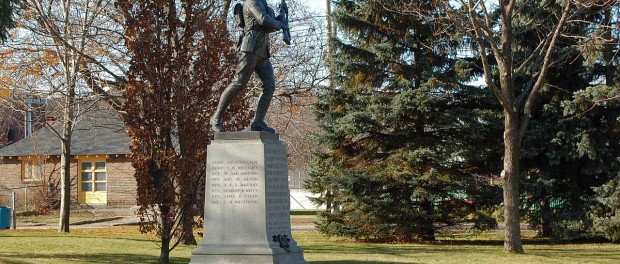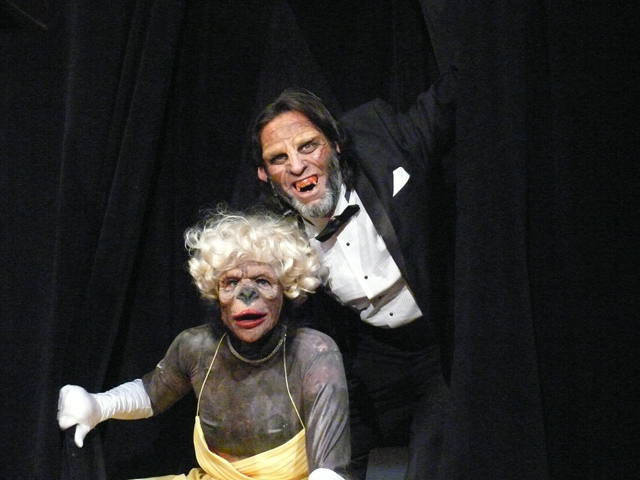My Montreal: Montréal-Ouest & Other Quebec Curios
 Montréal-Ouest's memorial to soldiers who died during World War I. Photo credit: Chicoutimi/Wikimedia Commons
Montréal-Ouest's memorial to soldiers who died during World War I. Photo credit: Chicoutimi/Wikimedia Commons
Montréal-Ouest is another independent municipality that demerged in 2004. Originally merged to become part of Côte-Saint-Luc–Hampstead–Montreal West, which, despite the monstrous name, was actually quite a small area. All three merged boroughs voted to become independent municipalities.
With just over five thousand inhabitants, Montréal-Ouest is very bilingual at 77%, with a large segment of its population being unilingually English (20%). One out of four people in the city is an immigrant, with just under 40% arriving before 1971, whilst the rest of the immigrant population can be split into more or less equal approximately equal chunks of about 12% every decade, give or take. Unlike many districts that we’ve seen that have immigrants coming from French-speaking populations such as Algeria and Haiti, Montréal-Ouest is a bit of an anomaly in that some of its immigrant population come from English-speaking places such as the United Kingdom and the United States, with other countries we’ve seen such as Italy, France, and Iran figuring into the mix as well. Montréal-Ouest is also a healthy mix of diversity, with 25% of people being African-American and 22% of Asian-American people. Religiously, it is a large proportion of Christians (60.8%), though there is an important chunk of the population that follows Judaism (15.9%)
Despite the name, Montréal-Ouest is nowhere near Montréal-Est. Its neighbours include Côte-des-Neiges—Notre-Dame-de-Grâce to the north, Lachine to the southwest, and LaSalle to the southeast. Federally, Montréal-Ouest belongs to Notre-Dame-de-Grâce—Lachine; provincially, it is included in Notre-Dame-de-Grâce.
Has your electoral district changed recently? Get ready for elections and find your electoral district, check your voter registration status, and more here.





